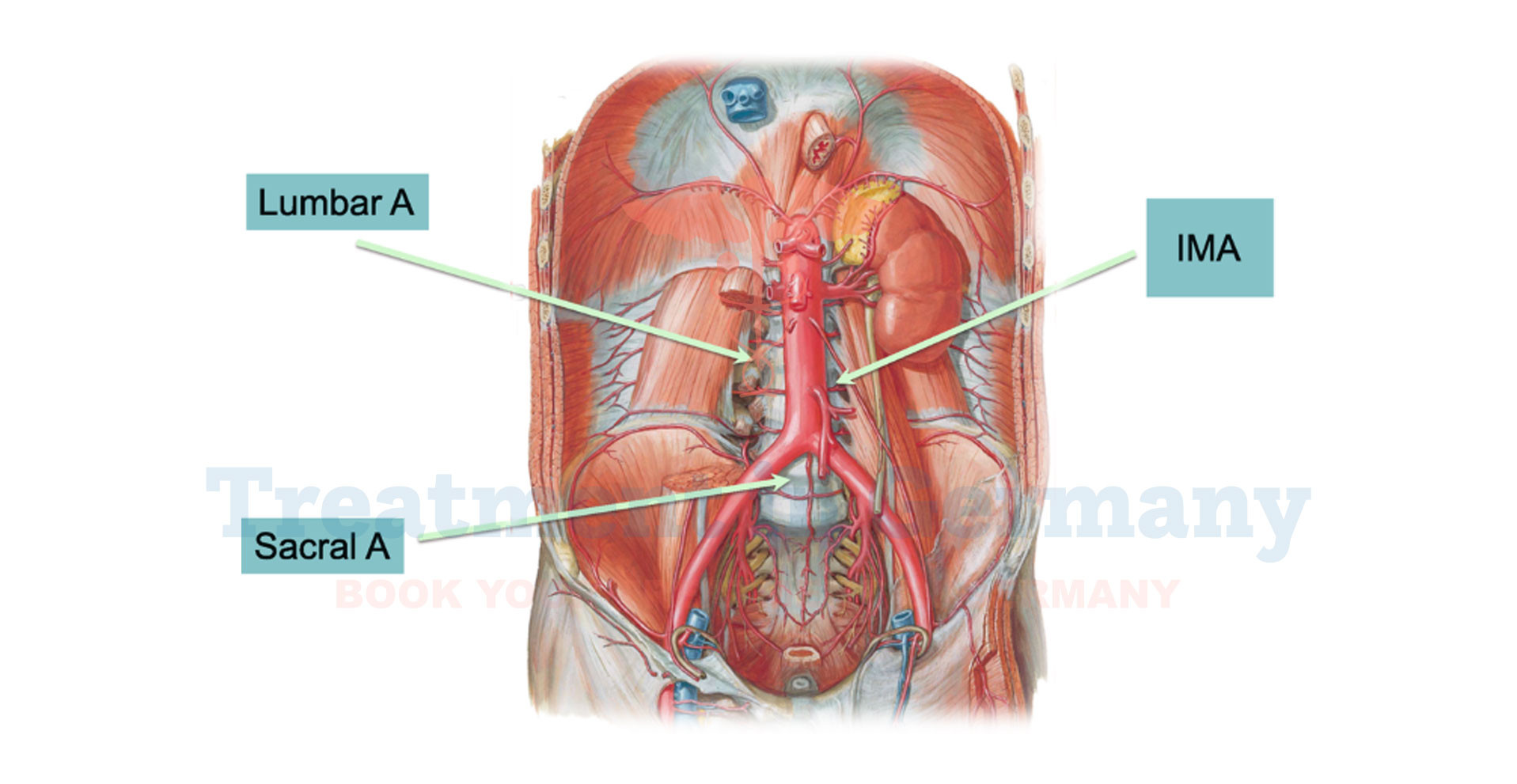What is Endoleak (after endovascular aneurysm repair)?
Endoleak refers to a complication that can occur after an endovascular aneurysm repair (EVAR), a minimally invasive procedure used to treat abdominal aortic aneurysms (AAA). During EVAR, a stent graft is inserted into the weakened area of the aorta to reinforce it and prevent the aneurysm from rupturing.
However, in some cases, blood may continue to flow into the aneurysm sac despite the graft placement. This persistent flow is known as an endoleak.
Side effects of Endoleak (after endovascular aneurysm repair)
Endoleaks can potentially lead to serious complications if left untreated. The main concern is that the pressure within the aneurysm sac may persist or even increase, which could lead to enlargement of the aneurysm over time. This increases the risk of rupture, which is a life-threatening emergency. Symptoms may not be immediately noticeable, making regular follow-up and monitoring crucial after EVAR.
How is Endoleak (after endovascular aneurysm repair) diagnosed?
Diagnosing endoleak typically involves imaging studies such as CT angiography or ultrasound. These tests help to visualize the blood flow around the stent graft and within the aneurysm sac. Regular follow-up appointments with your healthcare provider are essential post-EVAR to monitor for any signs of endoleak.
Potential treatment of Endoleak (after endovascular aneurysm repair)
The treatment of endoleak depends on its type and severity. Options may include:
👉 Contact us for further information and receive a complimentary consultation.

.webp)
.webp)
 (1).webp)
 (1).webp)

.webp)
.webp)
 (1).webp)
 (1).webp)
